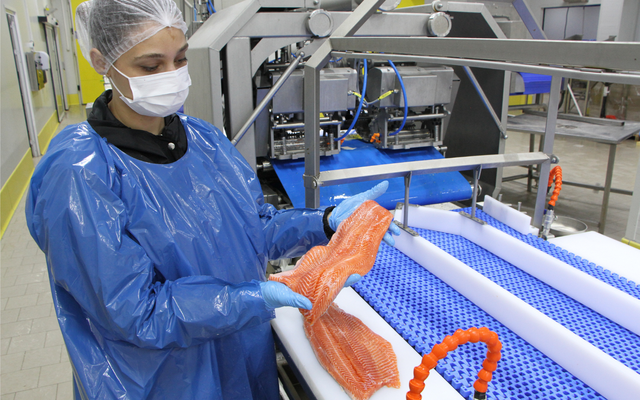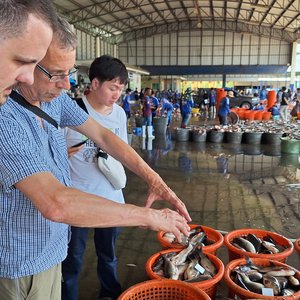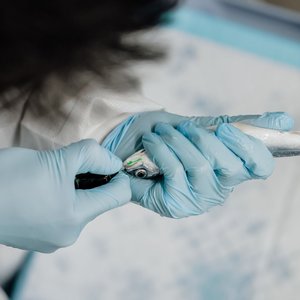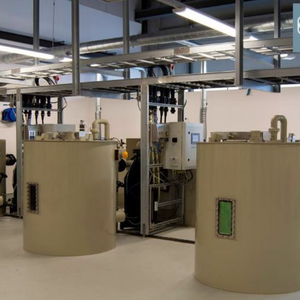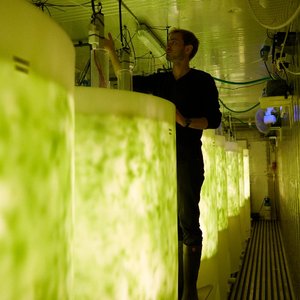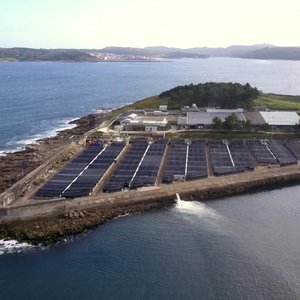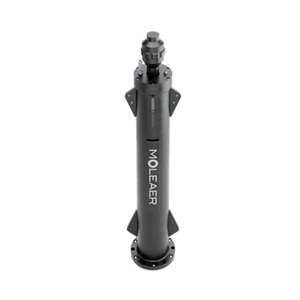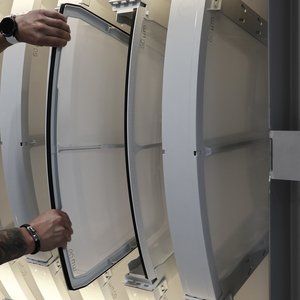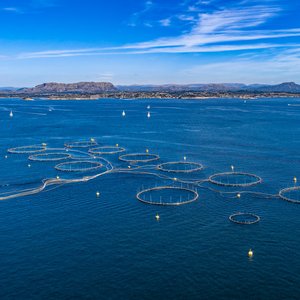Turkey has emerged as a major player in the global aquaculture sector, with its seafood exports reaching record-breaking levels thanks to rapid growth in fish farming and a strong focus on sustainability. According to Sinan Kızıltan, Chairman of the Turkish Fisheries Exporters’ Association, the country’s recent success story is being driven by the booming production and export of Turkish salmon, alongside its output of seabass and seabream.
Over the past two decades, Türkiye’s aquaculture capacity has seen a dramatic transformation. The number of aquaculture facilities has nearly doubled from 1,245 in 2002 to 2,427 by 2024, and annual production has soared from 50,000 tons to 850,000 tons, the association reported in a press release.
The country currently exports seafood to over 100 countries, with seabass, sea bream, and Turkish salmon leading the way. These three species alone contributed to an export growth of USD 1 billion in just five years, pushing total seafood export revenues to USD 2.02 billion in 2024. The sector is now targeting USD 2.5 billion in exports by 2027.
“We have achieved a remarkable breakthrough in Turkish salmon,” said Kızıltan. “Ten years ago, production was only 5,000 tons—today we have reached approximately 100,000 tons and USD 498 million in exports, thanks to the Black Sea’s ideal climate and rich omega-3 content in the fish. In the past five years, we have increased Turkish salmon exports 17 times. With favorable sea conditions, we expect to reach USD 650 million in exports by year-end. Our five-year target is to hit USD 1 billion in Turkish salmon exports alone.”
A success built on sustainability and science
Türkiye’s salmon journey began in the early 1990s with efforts led by the Central Fisheries Research Institute (SUMAE) in the Black Sea region. Today, salmon farming is carried out through a robust production chain that includes 680 hatcheries, 622 pond and reservoir cage systems, and open-sea net cages across six Black Sea provinces. Hatcheries now produce over 1.36 billion eggs/larvae annually, and open-sea systems are expected to reach 221,188 tons in capacity.
The chairman detailed the unique farming process: "Turkish salmon starts in our freshwater lakes, then moves to sea cages when it reaches about 500 grams. It grows to 2-3 kg before harvesting between May and June – we stop when seawater temperatures exceed 23°C to ensure optimal quality."
“While different from Pacific salmon, our product offers superior omega-3 levels, high protein content, and exceptional taste. We're confident more consumers worldwide will discover its qualities” said Kızıltan.
Sustainability in Türkiye’s aquaculture sector goes beyond environmental measures. A growing number of women are entering the industry, particularly in hatcheries, processing plants, and quality control roles. Many companies have also adopted ambitious goals such as carbon neutrality and zero-waste production, striving for alignment with international sustainability targets.
Kızıltan stressed the sector's environmental commitment: "We operate with zero waste, utilizing 100% of each fish. Our sustainability reports meet international standards, setting a benchmark for responsible aquaculture."
Looking ahead
To maintain this momentum, the sector is investing in research and development, sustainable feed alternatives, and logistics improvements. There is also a push toward expanding value-added products, such as smoked salmon, and boosting domestic consumption.
“We are not only aiming to increase production but also to grow responsibly,” said Kızıltan. “With modern production technologies, academic collaborations, and our focus on sustainability, we are positioning Türkiye to stand alongside seafood giants like Norway.”


